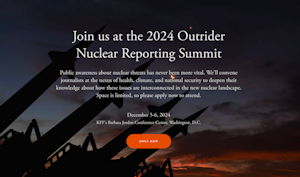As Bird Populations Crash, Local Reporting Can Help Untangle Why

A precipitous decline in bird populations worldwide and in North America has numerous causes and is, at least in part, the result of human activity. But the complexity of the problem doesn’t mean that it can’t be reported on the ground by environmental journalists using nearby resources. The latest TipSheet has more, along with a dozen-and-a-half story ideas and reporting resources.





















 Advertisement
Advertisement 



